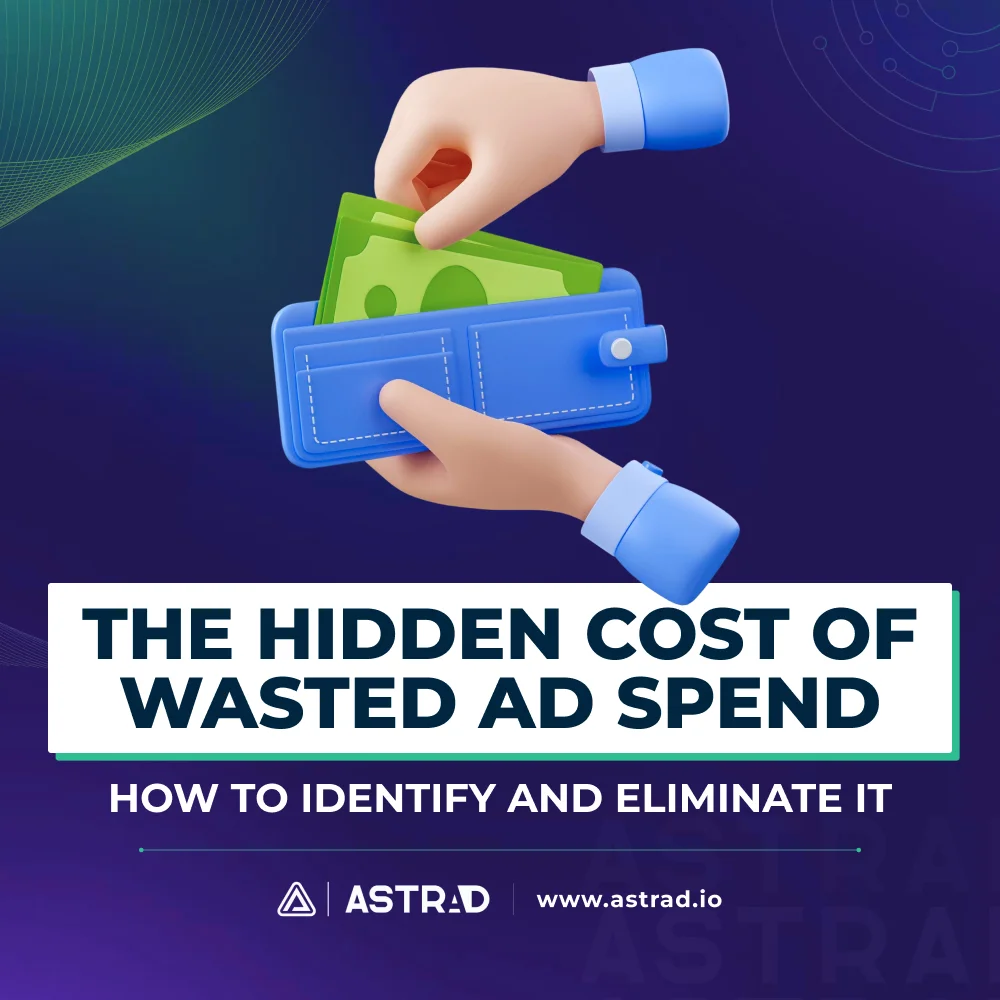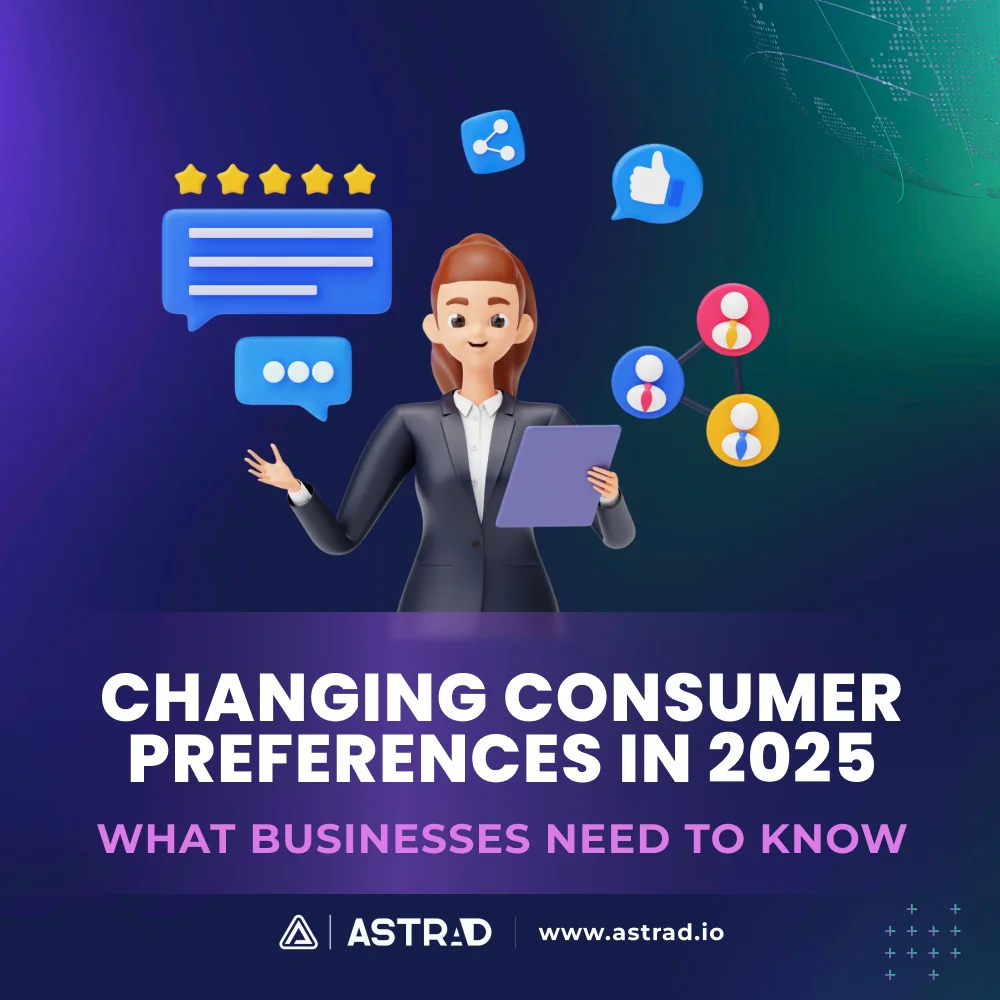Every month, businesses hemorrhage cash on advertising that delivers about as much value as a chocolate teapot. We’re talking serious money here — the kind that could fund your next product launch, hire that developer you desperately need, or finally get you that decent office coffee machine that doesn’t sound like a dying robot.
The kicker? Most companies don’t even realize it’s happening. They’re like that friend who keeps buying lottery tickets, thinking they’re “investing” in their future. Except instead of losing a few bucks on scratch-offs, they’re burning through thousands on ads that convert about as well as a vegan trying to sell steaks at a BBQ festival.
When your ad spend goes down the drain, it doesn’t just hurt your wallet — it messes with your entire marketing strategy. You start making decisions based on wonky data, doubling down on campaigns that barely work while cutting budgets from the ones that actually convert. It’s like trying to drive with a cracked windshield; you might get where you’re going, but you’ll definitely hit a few things along the way.
What Is Wasted Ad Spend and Why Should You Care?
The term “wasted ad spend” gets thrown around marketing meetings like confetti at a New Year’s party, but let’s be real about what we’re actually talking about here.
Defining the Money Pit
Wasted ad spend is any money you throw at advertising that generates zero meaningful business impact. It’s not just about campaigns that bomb spectacularly — sometimes the waste is sneakier. Your ads might get clicks, but they’re from tire-kickers who bounce faster than a rubber ball on concrete. Or maybe your campaigns are reaching people, but they’re the wrong people entirely.
In digital advertising, this shows up everywhere. Your Facebook ads might be crushing it in terms of engagement, but if those likes and shares aren’t turning into customers, you’re essentially paying for digital high-fives. Your Google Ads could be appearing for searches that sound related to your business but actually attract people looking for something completely different.
Traditional advertising isn’t immune either. That radio spot during rush hour might seem like a no-brainer, but if your target audience prefers podcasts to morning radio, you’re basically serenading an empty concert hall.
How Wasted Spend Destroys Campaign Performance
When waste creeps into your advertising (and it always does), it doesn’t just hurt your return on investment — it completely warps your understanding of what actually works. Your cost-per-acquisition starts climbing like a cat up a tree, your conversion rates drop faster than your enthusiasm for Monday mornings, and suddenly you’re wondering if digital marketing is even real or just an elaborate prank pulled by Silicon Valley.
This distortion creates a vicious cycle. Poor performance leads to panic adjustments, which often make things worse, which leads to more panic adjustments. Before you know it, you’re making marketing decisions based on data that’s about as reliable as weather forecasts in British Columbia.
The Usual Suspects Behind Ad Waste
- Targeting People Who Don’t Give a Damn – You know that awkward moment when you realize you’re telling a joke to someone who doesn’t speak your language? That’s your ads when they’re shown to the wrong audience. Maybe you’re pushing premium products to bargain hunters, or advertising B2B software to teenagers who think CRM stands for “Can’t Remember Much.”
- Creative Content That Inspires Yawns – Sometimes your targeting is spot-on, but your message has all the appeal of a soggy sandwich. Poor ad creatives are like having the perfect pickup line delivered by someone with the charisma of a parking meter.
- Flying Blind Without Proper Tracking – Here’s the thing about measurement: if you can’t see what’s happening, you can’t fix what’s broken. Many businesses are running campaigns with all the visibility of a submarine crew trying to navigate the Mariana Trench.
- The Set-and-Forget Disaster – Digital advertising isn’t like planting a tree — you can’t just set it up and come back in five years expecting it to flourish. Campaigns that aren’t regularly optimized turn into money pits faster than you can explain why your CPAs are higher than expected.
- Bidding Wars Where Everyone Loses – Getting into bidding wars for keywords or audiences is like fighting over the last slice of pizza when there’s a whole other pizza in the kitchen. You might win, but was it really worth it?
How to Calculate Wasted Ad Spend Like a Pro
Learning how to calculate wasted ad spend isn’t rocket science, but it does require some detective work and a willingness to face some uncomfortable truths about your campaigns.
The Numbers Don't Lie (But They Can Be Confusing)
Before you can figure out where your money’s going, you need to track the right metrics. We’re talking about Cost Per Click (CPC), Cost Per Acquisition (CPA), Click-Through Rate (CTR), and conversion rates. These aren’t just fancy acronyms to impress your boss — they’re your early warning system for budget disasters.
Think of these metrics like the dashboard in your car. You don’t need to understand exactly how the engine works, but you’d better know what it means when the temperature gauge starts climbing into the red zone.
The tricky part is understanding what these numbers actually tell you. A high CTR might look impressive until you realize those clicks aren’t converting. A low CPC might seem like a win until you discover you’re attracting bargain hunters who’ll never buy your premium product.
Crunching the Numbers Without a Math Degree
Here’s the straightforward approach to calculating waste: take your total ad spend for a specific period, then subtract the amount that generated actual business value. Whatever’s left is your waste.
But defining “business value” isn’t always as simple as counting sales. Sometimes a click has value even if it doesn’t immediately convert. Sometimes brand awareness has value even if you can’t directly measure it. The key is being honest about what actually matters to your business.
Your waste-hunting checklist:
- Gather your data from all advertising platforms for the past 30-90 days
- Define what success looks like for your specific business (sales, leads, app downloads, whatever actually moves the needle)
- Calculate the real cost of each meaningful action across all campaigns
- Identify the underperformers where costs exceed your acceptable limits
- Add up the total spend on elements that aren’t pulling their weight
Building a Wasted Ad Spend Report That Actually Helps
Creating a wasted ad spend report isn’t about creating a document to beat yourself up with — it’s about getting clarity on where your money’s going and whether it’s working hard enough.
Your report should break down waste by campaign, platform, audience, and time period. This granular view helps you make surgical improvements instead of broad changes that might accidentally kill what’s actually working.
Proven Strategies to Eliminate Wasted Ad Spend
Now comes the fun part — actually fixing the leaks in your advertising bucket. These strategies aren’t theoretical; they’re practical approaches that actually work when you implement them properly.
Audience Targeting That Doesn't Suck
The days of spray-and-pray advertising are deader than flip phones. Today’s successful advertisers use audience targeting so precise it borders on mind-reading.
Advanced audience segmentation means going way beyond “women aged 25-54 interested in yoga.” We’re talking about layering behavioral data, purchase history, life stage indicators, and psychographic information to create audience segments so specific your ads feel like they were written by their best friend.
Smart targeting tactics:
- Layer multiple criteria instead of relying on single data points
- Use exclusion lists to avoid wasting money on existing customers
- Test micro-segments before scaling to larger audiences
- Regularly audit audience performance and cut the dead weight
Creative Optimization That Actually Converts
Your ad creative is your first impression, your elevator pitch, and your sales presentation all rolled into one. No pressure, right?
A/B testing creative elements isn’t just best practice — it’s survival. But most people mess this up by changing everything at once, then wondering why they can’t figure out what made the difference. The smart play is testing one variable at a time so you can actually learn something useful.
Different audience segments respond to different messages. What converts millennials might bounce right off Gen X, and what works for bargain hunters could alienate your premium customers.
Tracking and Reporting That Makes Actual Sense
Proper tracking setup is like installing security cameras in your business — suddenly, you can see exactly where the problems are happening.
This means implementing tracking pixels correctly, setting up UTM parameters for all campaigns, and creating conversion paths that actually reflect how your customers buy. Google Analytics and similar tools aren’t just fancy dashboards — they’re your mission control center for understanding what’s working and what’s not.
Must-have tracking elements:
- Conversion tracking for every action that matters to your business
- Attribution models that reflect your actual sales cycle
- Cross-platform tracking to avoid counting conversions twice or missing them entirely
The Never-Ending Optimization Game
Campaign optimization isn’t a one-and-done deal — it’s more like maintaining a garden. It requires regular attention, occasional pruning, and sometimes completely replanting sections that aren’t working.
The most successful advertisers schedule regular check-ins with their campaigns, make data-driven adjustments, and continuously test new approaches. They treat optimization like brushing their teeth — something that happens regularly, not just when there’s a problem.
Your optimization routine:
- Weekly performance reviews across all active campaigns
- Monthly deep dives into audience performance
- Quarterly creative refreshes and testing cycles
- Ongoing bid adjustments based on actual conversion data
Why This Stuff Actually Matters in the Long Run
Eliminating wasted ad spend isn’t just about saving money today — it’s about building a sustainable competitive advantage that compounds over time.
When you stop throwing money at campaigns that don’t work, you free up budget to invest in what actually drives growth. That means more resources for testing new opportunities, scaling successful campaigns, and staying ahead of competitors who are still operating like it’s 2015.
The businesses that master efficient advertising don’t just save money — they reinvest those savings into growth. They can afford to test new platforms, experiment with creative approaches, and respond quickly to market changes because they’re not hemorrhaging cash on campaigns that perform like a broken vending machine.
Every dollar you rescue from wasted ad spend is a dollar you can put toward growth. In a world where customer acquisition costs keep climbing like gas prices, that efficiency advantage becomes more valuable every day. The companies that figure this out early will be the ones still standing when the market gets tougher and competition heats up.





